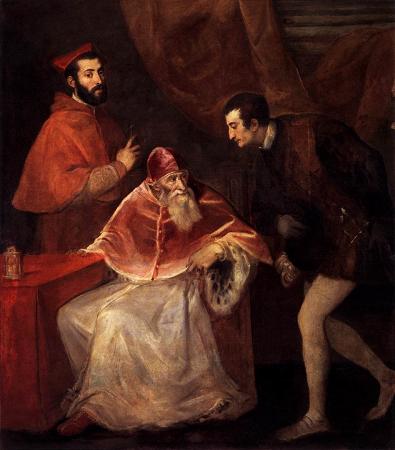Catherine of Aragon (1510). Catherine of Aragon was Queen of England from June 1509 until May 1533 as the first wife of King Henry VIII; she was previously Princess of Wales as the wife of Henry's elder brother, Arthur. The daughter of Isabella I of Castile and Ferdinand II of Aragon, Catherine was three years old when she was betrothed to Arthur, Prince of Wales, heir apparent to the English throne. They married in 1501, but Arthur died five months later. She held the position of ambassador of the Aragonese Crown to England in 1507, the first female ambassador in European history. Catherine subsequently married Arthur's younger brother, the recently ascended Henry VIII, in 1509. For six months in 1513, she served as regent of England while Henry VIII was in France. During that time the English won the Battle of Flodden, an event in which Catherine played an important part with an emotional speech about English courage. By 1525, Henry VIII was infatuated with Anne Boleyn and dissatisfied that his marriage to Catherine had produced no surviving sons, leaving their daughter, the future Mary I of England, as heir presumptive at a time when there was no established precedent for a woman on the throne. He sought to have their marriage annulled, setting in motion a chain of events that led to England's schism with the Catholic Church. When Pope Clement VII refused to annul the marriage, Henry defied him by assuming supremacy over religious matters. In 1533 their marriage was consequently declared invalid and Henry married Anne on the judgement of clergy in England, without reference to the Pope. Catherine refused to accept Henry as Supreme Head of the Church in England and considered herself the King's rightful wife and queen, attracting much popular sympathy. Despite this, she was acknowledged only as Dowager Princess of Wales by Henry. After being banished from court by Henry, she lived out the remainder of her life at Kimbolton Castle, and died there on 7 January 1536 of cancer. English people held Catherine in high esteem, and her death set off tremendous mourning. The Education of a Christian Woman by Juan Luis Vives, controversial at its release for promoting that women have the right to an education, was commissioned by and dedicated to her in 1523. Such was Catherine's impression on people that even her enemy, Thomas Cromwell, said of her, If not for her sex, she could have defied all the heroes of History. She successfully appealed for the lives of the rebels involved in the Evil May Day, for the sake of their families. Catherine also won widespread admiration by starting an extensive programme for the relief of the poor. She was a patron of Renaissance humanism, and a friend of the great scholars Erasmus of Rotterdam and Thomas More. Catherine was born at the Archbishop's Palace of Alcala de Henares near Madrid, on the night of 16 December 1485. She was the youngest surviving child of King Ferdinand II of Aragon and Queen Isabella I of Castile. Catherine was quite short in stature with long red hair, wide blue eyes, a round face, and a fair complexion. She was descended, on her maternal side, from the House of Lancaster, an English royal house; her great-grandmother Catherine of Lancaster, after whom she was named, and her great-great-grandmother Philippa of Lancaster were both daughters of John of Gaunt and granddaughters of Edward III of England. Consequently, she was third cousin of her father-in-law, Henry VII of England, and fourth cousin of her mother-in-law Elizabeth of York. Catherine was educated by a tutor, Alessandro Geraldini, who was a clerk in Holy Orders. She studied arithmetic, canon and civil law, classical literature, genealogy and heraldry, history, philosophy, religion, and theology. She had a strong religious upbringing and developed her Roman Catholic faith that would play a major role in later life. She learned to speak, read and write in Spanish and Latin, and spoke French and Greek. She was also taught domestic skills, such as cooking, dancing, drawing, embroidery, good manners, lace-making, music, needlepoint, sewing, spinning, and weaving. Scholar Erasmus later said that Catherine loved good literature which she had studied with success since childhood. At an early age, Catherine was considered a suitable wife for Arthur, Prince of Wales, heir apparent to the English throne, due to the English ancestry she inherited from her mother. By means of her mother, Catherine had a stronger legitimate claim to the English throne than King Henry VII himself through the first two wives of John of Gaunt, 1st Duke of Lancaster: Blanche of Lancaster and Constance of Castile.
more...







